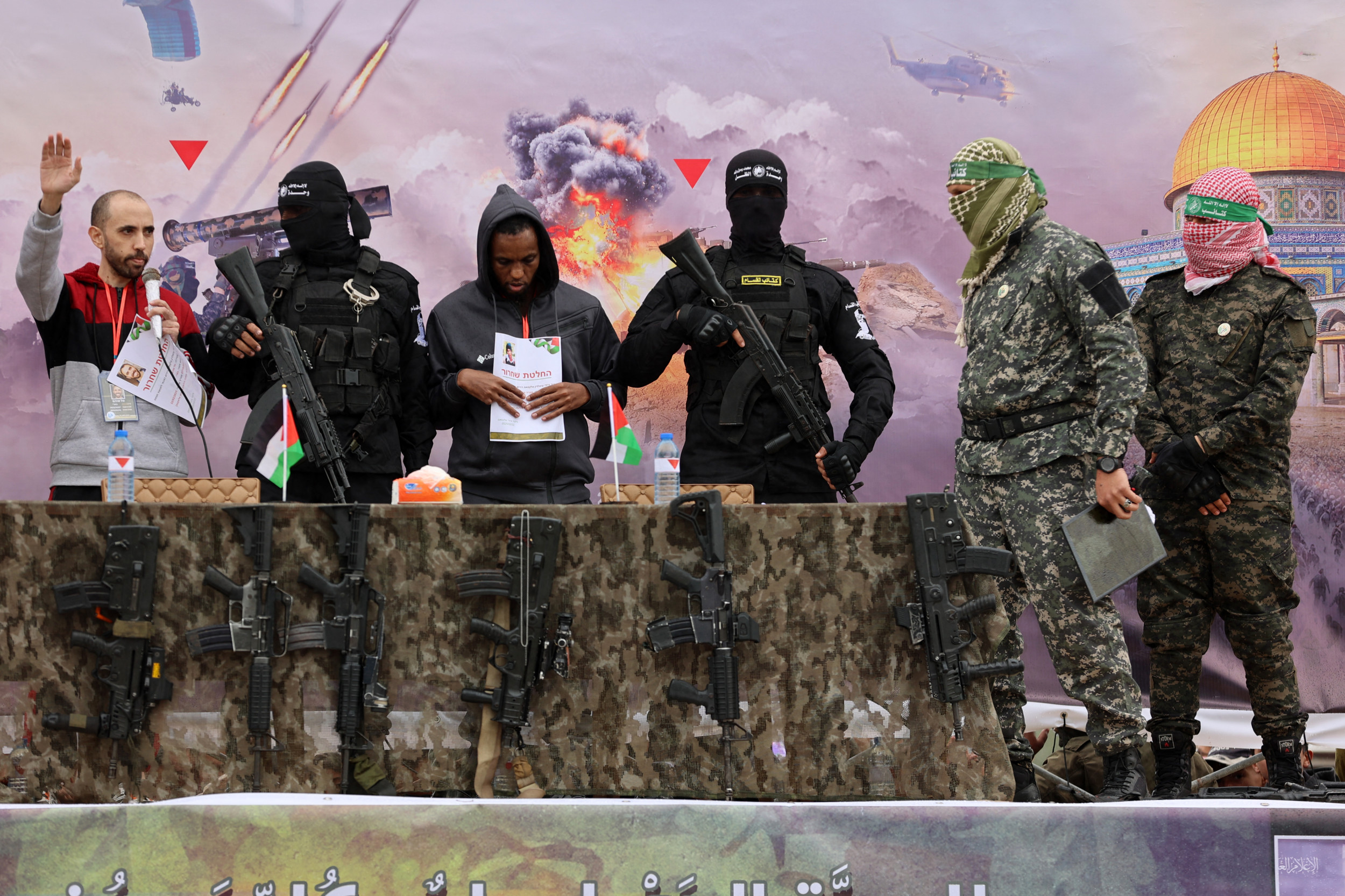The Limits of Military Action on Hamas: A Complex Equation
The recent escalation of violence between Israel and Hamas has reignited the debate surrounding the efficacy of military action as a long-term solution. While military strikes can offer immediate deterrence and inflict damage, they are far from a panacea and present significant limitations in addressing the root causes of the conflict. Understanding these limitations is crucial for crafting a more sustainable path towards peace.
The Ineffectiveness of Military Strikes Against Entrenched Militants
Hamas, a highly organized and deeply entrenched militant group, poses unique challenges for military action. Their extensive network of underground tunnels, dispersed command structures, and use of civilian areas as shields complicate targeted strikes.
- Difficulty in Achieving Decisive Victories: Military campaigns often fail to achieve decisive victories against groups like Hamas, who can readily regroup and rearm. History demonstrates that military action alone rarely eliminates militant groups; it often leads to a cycle of violence.
- Civilian Casualties and the Erosion of Public Support: The inevitable collateral damage inflicted during military operations undermines international support and fuels further resentment, ultimately hindering long-term peace efforts. The suffering of Palestinian civilians is a stark reminder of this tragic reality.
- The Problem of Unintended Consequences: Military interventions can inadvertently strengthen extremist groups by creating power vacuums or fueling anti-Western sentiment. Such unintended consequences can exacerbate the conflict and make future resolutions even more challenging.
Beyond Bombs: The Need for a Multi-Faceted Approach
Military action, while sometimes necessary for immediate defense, is not a sufficient tool for resolving the underlying issues fueling the Israel-Hamas conflict. A more comprehensive approach is required, encompassing:
- Addressing the Root Causes: Tackling the complex socio-economic issues that contribute to Hamas's appeal, including poverty, lack of opportunity, and political marginalization, is paramount. This requires long-term investment in Palestinian development and institution-building.
- Diplomatic Engagement and Negotiation: Meaningful dialogue between all stakeholders, including Hamas, is essential for reaching a sustainable ceasefire and addressing the core grievances that fuel the conflict. Ignoring Hamas entirely is strategically unwise and ultimately counterproductive.
- Humanitarian Aid and Reconstruction: Providing humanitarian assistance and rebuilding infrastructure are crucial for fostering stability and enabling the recovery of affected populations. This needs to be delivered impartially and transparently.
The Importance of International Cooperation
Successfully addressing the Israel-Hamas conflict necessitates a coordinated international effort. International pressure to de-escalate violence, facilitate negotiations, and provide humanitarian aid is crucial. The United Nations, along with other key players, must play a proactive role in mediating the conflict and promoting a lasting solution.
The Path Forward: Towards Lasting Peace
Military solutions, while seemingly offering immediate results, ultimately fail to address the complex web of political, social, and economic factors driving the Israel-Hamas conflict. A more holistic and sustainable approach, integrating military measures with diplomatic efforts, humanitarian assistance, and long-term development initiatives, is the only viable pathway towards lasting peace and security in the region. Ignoring the limitations of military force and prioritizing a comprehensive strategy is vital for achieving a just and lasting resolution.
Keywords: Hamas, Israel, military action, conflict resolution, peace process, Palestinian conflict, Middle East conflict, humanitarian aid, diplomatic negotiations, civilian casualties, limitations of military intervention, sustainable peace.
